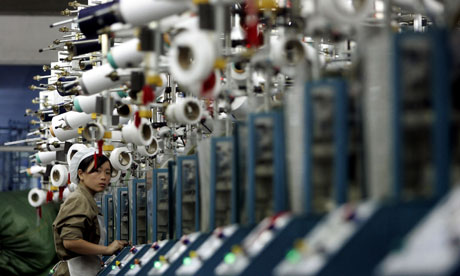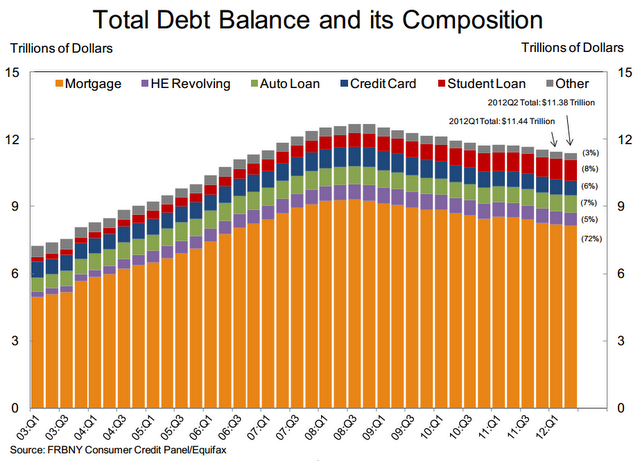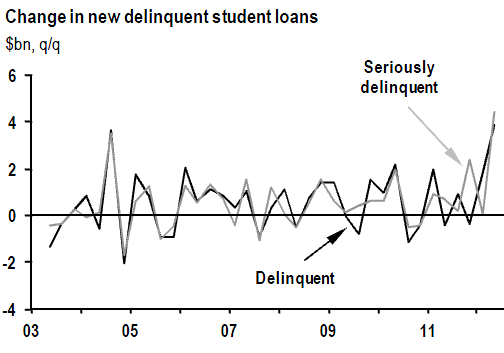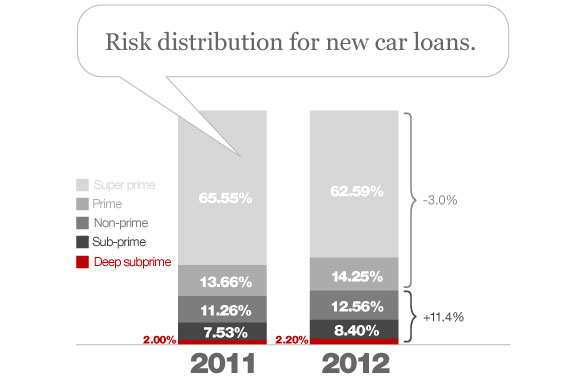Neil Howe details why Obama will win. Essentially, Romney is a clueless candidate.
2012 Election Update: Romney in Retreat
Regrettably, I’ve been away from this blog too long—the result of too much travelling and a bit too much work. I’m hoping for an easier fall and winter.
Seven weeks have passed since I looked at the generational dynamics behind the Obama-Romney contest, when the overall balance seemed fairly even. Now, it’s tipping clearly if not decisively for Obama. RCP currently shows a 3.3 percent national margin for Obama, but this probably understates the incumbent’s advantage: RCP records not a single national survey giving Romney even a minimal margin since Gallup’s tracking poll in late August. Global futures markets like InTrade now tip 70/30 for Obama. (If you’re confident Romney is going to win, you can at least expect to make some money.) And for true gloom and doom for Romney, take a look at this new Pew survey. It shows Obama ahead by 8 percentage points overall among likely voters, and leading Romney on almost every issue and every scale of likeability.
The last month has been genuinely and relentlessly awful for Mitt Romney.
First came his selection of Paul Ryan as VP, which reinforced the male-white-accounting-econowonk side of the ticket (not exactly where Romney needed reinforcement—and there were so many great alternative VP picks roughly Ryan’s age) while tying Romney to a very specific plan to cut the cost of Medicare. Nothing could have pleased Axelrod and Plouffe and others in the Democratic HQ more than to change the topic of conversation from how slowly the economy is recovering under Obama to how much Romney wants to throw seniors over the cliff. I actually agree with most of the fundamental elements of the Ryan plan (incentives and budgets for health-care providers are surely coming, like them or not). But hey Romney, wait until you’re President and appoint Ryan as your director of OMB or your head of CMS. But add him to your ticket? Probably not the best idea.
Second, there was the GOP’s lukewarm convention. The Democrats’ wasn’t much either, but then again they didn’t have to prove anything: Everybody already knows who the Obamas and Clintons are. The GOP had to persuade the public why the presidential mantle of office should be transferred to this relative unknown. They needed to put the Democrats on trial for keeping America mired in the worst economic mess since the Great Depression. They needed to excoriate the other party for the suffering of America’s unemployed and underemployed middle- and lower-income citizens (just as the Democrats surely would have done to the GOP had a Republican been the incumbent). But the Romney campaign did very little of this. Instead, they talked about budget-balancing, too much regulation, and Obama’s “anti-business” attitudes. Wow. And with the growing danger of war or broader war mounting in the Mideast and East Asia, the GOP could have mounted a principled critique, say, of Obama’s track record on his policies of engagement with Iran, Russia, and China. But no. Virtually nothing at all on national security issues, which subsequently (and remarkably) allowed the Democrats at their convention to look responsible in an area where their party has been perennially vulnerable.
OK, a missed opportunity with the convention. But (and here’s number three), Team Romney subsequently failed to follow up with any of the policy strategy and detail he “didn’t have time for” earlier. Instead, he has been dogged by gaffes and garbled misstatements in poorly staged impromptu interviews—while getting rhetorically outmaneuvered at every turn by Team Obama. The worst fumble of all was his off-the-record suggestion that the growing share of Americans who pay no federal income taxes (“47 percent”) are essentially lost to the Republican Party. Mindboggling. This poor, struggling, laid-off, and dependent 47 percent in fact constitutes a growing constituency for the GOP (a point I will return to shortly). Rather than express outrage that today’s horrible economy has stripped them of their livelihoods and independence, Romney is throwing them under the bus.
It’s almost as though Romney is channeling Herbert Hoover and can’t recall Ronald Reagan. When he tries to talk like a conservative, George Will recently commented, Romney sometimes sounds like one of those robotic German spies in vintage WWII movies: He’s memorized lots of facts, but he’ll never know who Stan Musial is.
Fourth, and most recently, comes Ben Bernanke’s announcement of QE3 and an “indefinite” guarantee of near-zero interest rates, which was soon followed by a sizeable surge in the Dow. For the first time—even though the real economy hasn’t done much of anything–Obama is matching or even overtaking Romney in his perceived ability to handle the economy. A very large and somewhat amusing gap has now appeared in how political partisans now view the economy. Back in early August, 71 percent of Republicans and 62 percent of Democrats said they were hearing “mostly bad news about the economy.” Today, 60 percent of Republicans continue to say that—but only 15 percent of Democrats. That’s a 45-point spread.
Is the economy doing much better? I say no. I don’t think it’s doing better at all. (Indeed, I think it’s likely we have already entered a new recession and just don’t know it yet.) So I think the GOP—which is now hopping mad at Bernanke for giving the economy a “sugar-water high” just weeks before the election—is quite mistaken about Bernanke’s motives. Chairman Ben did not go “all in” with QE3 because he wants to be re-chosen as Fed head by Obama. He did it because he knows the economy is in really deep trouble. (I will come back to this in another post.)
So what are Mitt’s odds at this point? Quite honestly, they aren’t great, and if I had to make a wager right now I would certainly bet on a modest Obama victory—a smaller voter margin than 2008, but not a cliffhanger. As for Congress, the House will certainly remain in GOP hands (Pelosi’s sudden optimism seems delusional) and the Senate will probably be split 50-50 right down the middle.
Of course, a comeback is possible. It’s a tall order. For Romney to rally and win, some combination of the following three-and-a-half things will have to happen.
(1) Romney has a great debate performance. Without it, he’s toast. With it, he could get back into the running. The boost could be big precisely because voter expectations at this point are so low. And because lots of voters still don’t know him very well—aside from the gaffes they hear about in the news. According the surveys, voters are really looking forward to the debates: Fully two-thirds now say they will be “very” or “somewhat” helpful in deciding which candidate to vote for, the largest share since Clinton-versus-Bush, Sr., in 1992. Keep in mind as well that Romney got plenty of practice debating in the primaries and often performed very well in them, showing plenty of wit, humor, and grace under fire.
(2) National security goes critical, which will probably hurt Obama. It’s hard to recall a recent election–maybe Clinton-Dole in 1996?—in which foreign affairs has played such a minor role. Which is incredible when you think we now have 70,000 troops fighting in Asia (and getting shot at and killed by our own uniformed “allies”) together with thousands more fighting more surreptitiously, with and without deadly predators, in dozens of other far-flung nations. And the temperature is now getting hotter on most fronts, with Islamist violence clearly rising, Syria gripped in civil war, Egypt and much of North Africa run by new and unstable regimes, Iran and Israel (and inevitably the United States) near the brink of war in the Persian Gulf, and, most recently, a new risk of war in the China Sea. At some point, geopolitics may well burst into 2012 election like a wild and uninvited guest–to the White House at least, which will likely be put mostly on the defensive. Romney may or may not be able to leverage the opportunity. In any case, Obama doesn’t have enough time left for a “wag the dog” response.
(3) Another bad shoe drops on the economy, which will certainly hurt Obama. Obama “owns” current economic performance in 2012 nearly as much as Hoover “owned” it in 1932. Most Democratic partisans understand this, explaining their desire to play up positive news and to rejoice at the Fed-triggered revival in the Dow. Voters mostly think that Obama is trying hard, and so long as GDP and employment are growing ever so slightly (unlike 1932, obviously), they may go along with his argument that he is at least much better than the GOP alternative. But what if these numbers, which are now merely flatlining, suddenly turn decisively down between now the election, raising new and urgent talk of yet another recession? Perceptions about Obama’s “slow progress” and “incomplete” grade on the economy would, in this case, quickly shift—on the issue that everyone agrees is most on voters’ minds.
I promised three-and-a-half things, so let me add one more consideration that is related to the condition of today’s economy and is more speculative. I want to talk for a moment about class and income deprivation, and how these may feed into a new sort of partisanship.
To mention class, of course, is to raise perceptions that nearly everyone figures work against the GOP. And a recent Pew report (“Yes, the Rich are Different”) makes it clear just how tough it is, once the words “rich” and “poor” are mentioned, for most voters to say much that’s flattering about the GOP.
The report, which is well worth reading for its own sake, tries to analyze how Americans think about class. When most Americans are simply asked what they think about “the rich,” the responses reflect an revealing mix of praise and damnation. On the other hand, most Americans agree that rich people are more “intelligent” and more “hardworking” than the average American. (More “hardworking” is, I think, a new development: Fifty years ago I’m quite sure most Americans would not have said that.) On the other hand, most Americans also believe that the rich are much more likely to be more “greedy” and “dishonest” than the average American.
Yet it’s when the report assesses changes over time, especially from 2008 to 2012, that its findings really tip hard against the GOP. Point (1): Americans across-the-board, in both parties, feel that since 2008 the gap between the rich and poor has been widening. Point (2): Most Americans, again in both parties, feel this widening is a bad thing for our country. Point (3): Most think that the Republicans will help mostly the rich and that the Democrats will help mostly the poor and middle class. Point (4): Most think point (3) is especially true for Mitt Romney (at least, those who knew enough about Romney to have an opinion). This is a veritable syllogism of bad news for the Romney camp.
So now let me bring your attention to another Pew survey, which appeared at nearly the same time: “A Closer Look at the Parties in 2012: GOP Makes Big Gains among White Working-Class Voters.” It comes to conclusions which, while not contradicting the other report, point in a totally different direction. It’s fascinating to contemplate these two reports side by side.
The report starts with the unsurprising finding that total voter identification by party has faded somewhat for the Democrats since 2008 (from 51 to 48 percent) and has gained somewhat for the GOP (from 39 to 43 percent). Not including “leaners,” the GOP has a net gain of 3 percentage points. Yet here’s the surprise: More than all of this total gain for the GOP has occurred in the lowest income brackets. Among the highest income brackets, the Democrats have actually gained share.
The report shows, in addition, that minorities at all ages are just about as Democrat-favoring in 2012 as in 2008 (and more than in 2004), while nearly all the Democrat identification losses are among whites–and virtually all of these losses are among lower-income whites. (High-income whites are just as pro-Obama today as in 2008.) In 2008, whites were strong pro-GOP in every income bracket above $50,000. In 2012, they are strong pro-GOP in every bracket above $30,000.
The same holds true if you substitute education for income. College-plus America (with a four-year degree or more) is more pro-Democratic in 2012 than it was in 2008; college-minus America (everybody else) is more pro-GOP.
You’re welcome to view the crosstab data yourself, graciously provided by Pew. Let me summarize the main findings in the following graphic.
So how do we make sense of these very different perspectives? My own view is that, yes, a sense of class awareness—and class division—has grown since 2008 in ways that tarnish the image of the GOP in eyes of America’s have-nots and have-lesses. But these are also the Americans who have been hurt the worst over the last four years in unemployment, lost income, lost wealth, and foreclosed homes. (See the new annual CBO report on income and poverty for the gory details.) Their sense of class grievance is overweighed by their sense of performance failure on the party now in the White House: This is Obama’s economy, he failed, it really hurts, and I don’t want four more years of this. Wealthy Americans just aren’t feeling the “really hurts” part.
Overall, from 2008 to 2012, the share of all Americans who call themselves “lower” or “lower-middle” class has grown from 25 to 32 percent. (This itself is a disturbing finding, again brought to us by Pew Research.) More than all of that 7 percentage point increase has gone to the GOP. The share of GOP supporters who call themselves “lower class” has jumped from 13 to 23 percent while the “lower class” share of Democratic supporters has risen much less (from 29 to 33 percent).
Moreover, areas that do not traditionally vote Democratic, but swung blue for Obama, appear to be swinging back the most in this election. The Midwest, South, and Mountain regions show large declines of 6 to 9 points in net support for Democrats over Republicans, while traditionally bluer regions like New England, the Mid-Atlantic, and the West Coast show little or no decline. (This is reflected in the rural/urban split in my table.) In other words, traditionally Republican voters who “took a chance” on Obama and are hurting in today’s economy may be feeling buyers’ remorse.
Whether all this affects the outcome of the election is uncertain. Clearly, the aftermath of the Great Recession provides the GOP with some real opportunities for a full-throated populist message. Just as clearly, Mitt Romney is probably the candidate least equipped to deliver such a message. The “47 percent” miscue says it all. And for this reason, the GOP is now likely to lose the election. (You notice that I called this merely “half a point” for Romney.)
Yet there are other implications likely to follow from this growing two-way rip tide of class tension in America. Ominously, it may portend a further widening of the blue-red polarization of America once the 2012 exit polls are counted, with a growing regional and urban-rural split in voter preferences. We may see the disappearance of the “purple” states that appeared in 2008, and the reappearance of more bright-blue and bright-red states. By 2016, assuming Obama wins, a crowded and all-Gen-X field of GOP primary contestants may choose to tack far more in the populist direction than did McCain in 2008 or Romney in 2012.
And what about voting by generation? The huge generational gap remains: The Silent will swing way to the GOP this year, and the Millennials will swing way to the Democrats. But on top of this preference, there is certain to be a distinct class twist. You can expect the huge anti-Obama margin among seniors to acquire an extra passion among the hard-beaten, Tea-Party, “heartland” edge. Likewise, you can expect the huge pro-Obama margin among young adults to pick up its greatest energy among collegians and among affluent and urban young professionals. According to the New York Times’ recent feature story on non-college Millennials, many of them are struggling but few of them plan on voting for Obama. More to the point, however, few of them plan to vote for Romney either—or even feel they are in any way on his radar screen.







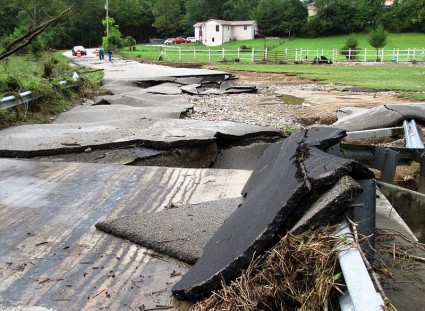


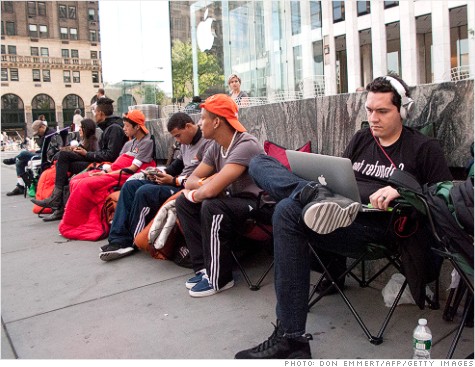







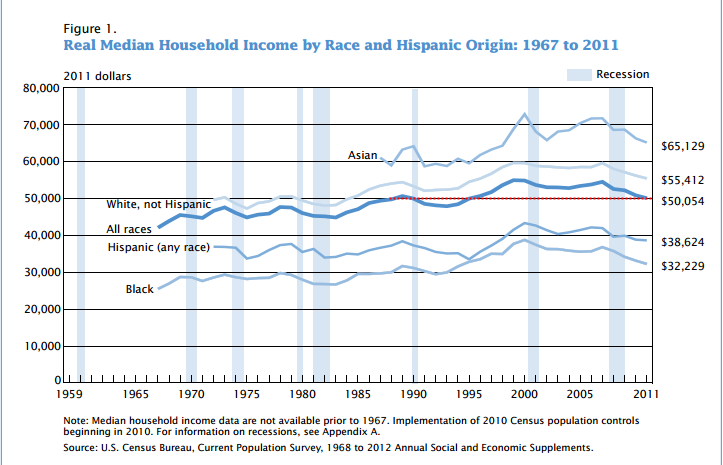

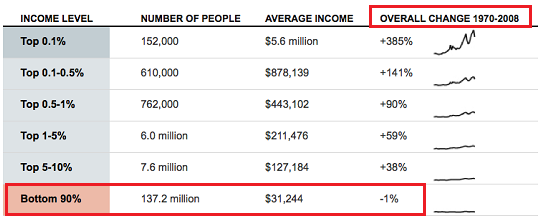



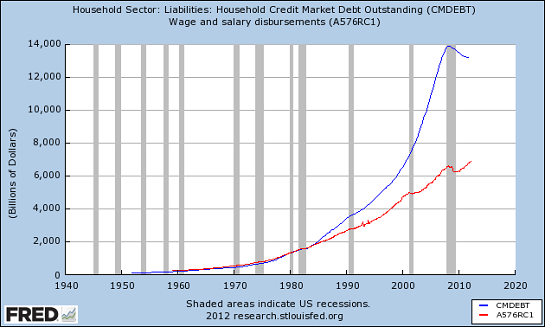
.png)







